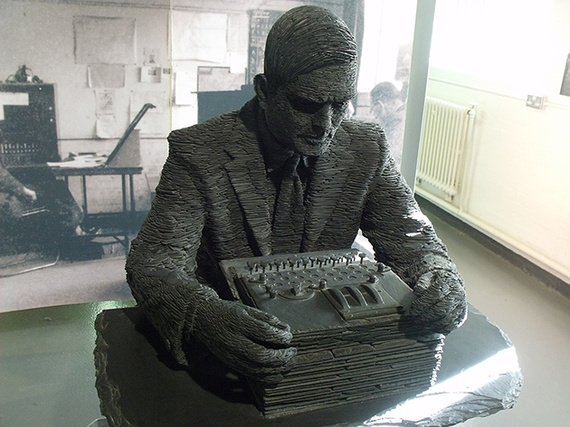
Forced to undergo chemical castration for his sexual orientation and branded a criminal for the same reason, Alan Turing and his role in World War II were almost forgotten until Great Britain, through a letter written by Prime Minster Gordon Brown, apologized in 2009 for how this computing genius was treated.
Now Hollywood is paying homage to Turing with ‘The Imitation Game‘, the movie that premiered in the United States and the United Kingdom in November in which Benedict Cumberbatch, known for his starring role in the series ‘Sherlock’, plays Alan Turing.
The movie, with some inaccuracies, focuses on the fight against Enigma, the machine that the Germans used during World War II to send messages without the allies being able to understand their content in time.
It all happened in Bletchley Park. This estate located an hour from London was the headquarters of the United Kingdom’s Government Code and Cypher School (GC&CS), training an army of cryptographers whose goal was to intercept and decipher the messages that the Nazis were sending at the height of World War II.
One of the leaders of the cryptographers who worked at Bletchley Park was Alan Turing, who joined the GC&CS aged just 26. It was there that Turing developed his own machine, the one that helped break the powerful Enigma Code: it was called ‘the bombe’.
Enigma worked with a system of five rotors that resulted in millions of combinations of coded text. And that is not all, the machine’s settings changed every day and the volume of messages was so large that Bletchley Park had up to 10,000 cryptographers trying to decipher them at the necessary speed.
That was until the bombe arrived. Based on the work done by the Polish intelligence service, in just three months Turing developed a machine capable of deciphering the Germans’ messages using mathematical analysis techniques that determined the most probable position of Enigma’s rotors.
Created in 1940, three years later the bombe was deciphering more than 84,000 Enigma messages a month. The system created by Turing, and Gordon Welchman, thereby accelerated the discovery of the Germans’ movements communicated under the guise of Enigma.
Turing’s work not only shortened the war by two years but it is estimated that no less than fourteen million lives were saved by the discovery made at Bletchley Park.
After this milestone, which made him a war hero, Turing continued striving to become known today as the father of computer science: after World War II came the Turing test, or the first computer chess game. Unfortunately, a tragic and final end and five decades of obscurity also came. Now it is starting to be repaired.